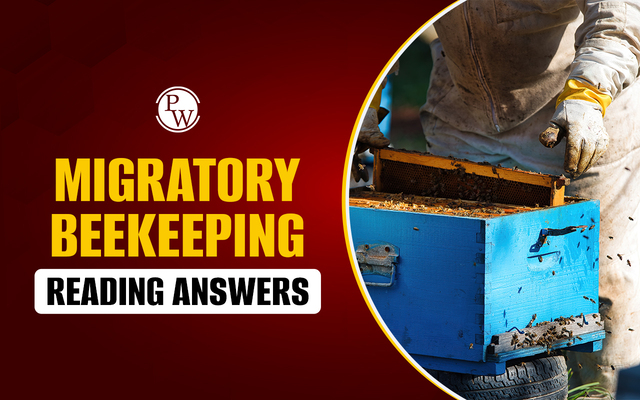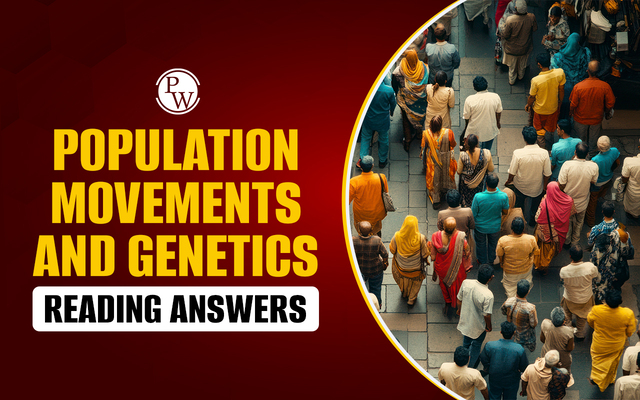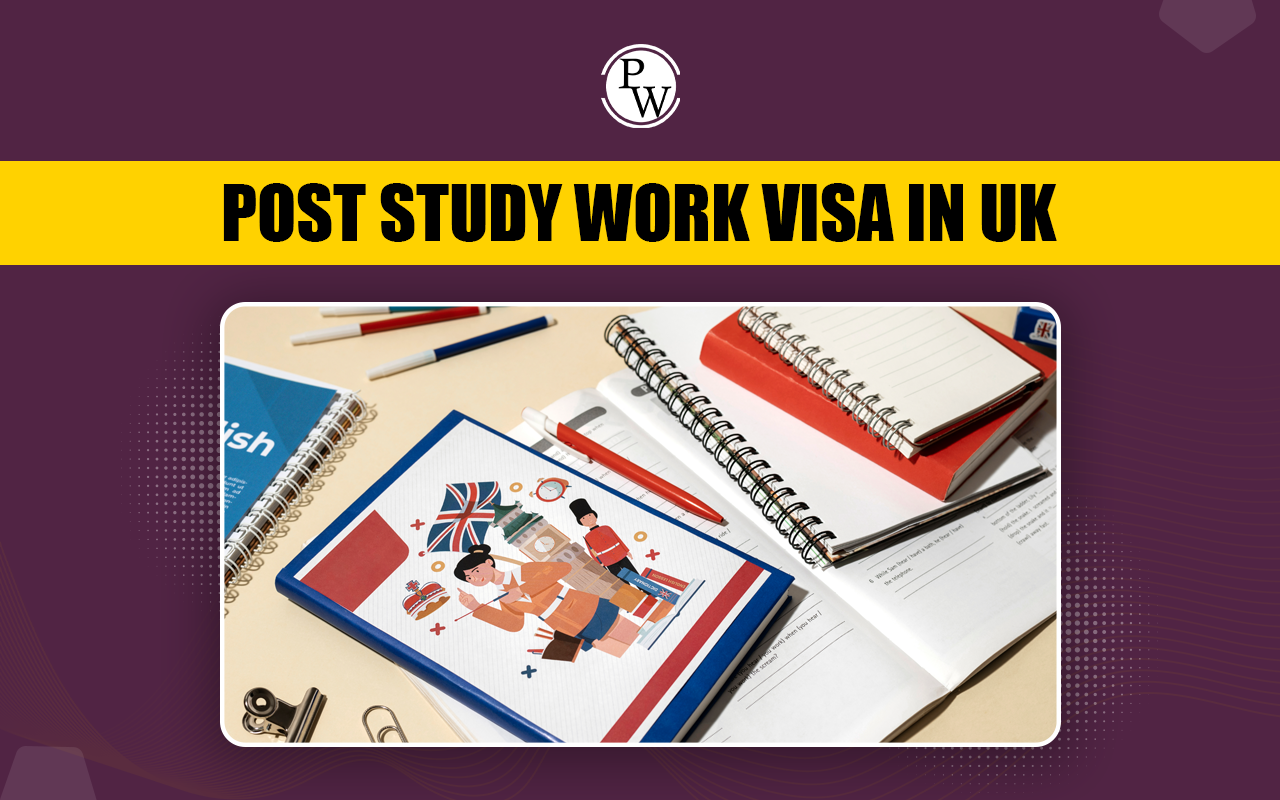

The Flavor Of Pleasure Reading Answers: The passage “The Flavour of Pleasure Reading Answers” explores how our senses work together to create the experience of flavor. While taste buds detect basic tastes, our sense of smell plays a crucial role in recognizing complex flavors. This passage highlights scientific insights into neurogastronomy, the brain’s role in flavor perception, and how it affects our emotions and enjoyment of food. Practicing questions related to this passage will enhance reading comprehension skills and help in locating key information effectively.
The Flavor Of Pleasure Reading Answers Passage
You should spend about 20 minutes on Questions 1-13, which are based on the Reading Passage below.
The Flavour of Pleasure
-
No matter how much we talk about tasting our favourite flavours, relishing them really depends on a combined input from our senses that we experience through mouth, tongue and nose. The taste, texture, and feel of food are what we tend to focus on, but most important are the slight puffs of air as we chew our food – what scientists call “retronasal smell”.
-
Certainly, our mouths and tongues have taste buds, which are receptors for the five basic flavours: sweet, salty, sour, bitter, and umami, or what is more commonly referred to as savoury. But our tongues are inaccurate instruments as far as flavour is concerned. They evolved to recognise only a few basic tastes in order to quickly identify toxins, which in nature are often quite bitter or acidly sour.
-
All the complexity, nuance, and pleasure of flavour come from the sense of smell operating in the back of the nose. It is there that a kind of alchemy occurs when we breathe up and out the passing whiffs of our chewed food. Unlike a hound’s skull with its extra-long nose, which evolved specifically to detect external smells, our noses have evolved to detect internal scents. Primates specialise in savouring the many millions of flavour combinations that they can create for their mouths.
-
Taste without retronasal smell is not much help in recognising flavour. Smell has been the most poorly understood of our senses and only recently has neuroscience, led by Yale University’s Gordon Shepherd, begun to shed light on its workings. Shepherd has come up with the term ‘neurogastronomy’ to link the disciplines of food science, neurology, psychology. and anthropology with the savoury elements of eating, one of the most enjoyed of human experiences.
-
In many ways, he is discovering that smell is rather like face recognition. The visual system detects patterns of light and dark and, building on experience, the brain creates a spatial map. It uses this to interpret the interrelationship of the patterns and draw conclusions that allow us to identify people and places. In the same way, we use patterns and ratios to detect both new and familiar flavours. As we eat, specialised receptors in the back of the nose detect the air molecules in our meals. From signals sent by the receptors, the brain understands smells as complex spatial patterns. Using these, as well as input from the other senses, it constructs the idea of specific flavours.
-
This ability to appreciate specific aromas turns out to be central to the pleasure we get from food, much as our ability to recognise individuals is central to the pleasures of social life. The process is so embedded in our brains that our sense of smell is critical to our enjoyment of life at large. Recent studies show that people who lose the ability to smell become socially insecure, and their overall level of happiness plummets.
-
Working out the role of smell in flavor interests food scientists, psychologists, and cooks alike. The relatively new discipline of molecular gastronomy, especially, relies on understanding the mechanics of aroma to manipulate flavor for maximum impact. In this discipline, chefs use their knowledge of the chemical changes that take place during cooking to produce eating pleasures that go beyond the ‘ordinary’.
-
However, whereas molecular gastronomy is concerned primarily with the food or ‘smell’ molecules, neurogastronomy is more focused on the receptor molecules and the brain’s spatial images for smell. Smell stimuli form what Shepherd terms ‘odor objects’, stored as memories, and these have a direct link with our emotions. The brain creates images of unfamiliar smells by relating them to other more familiar smells. Go back in history and this was part of our survival repertoire; like most animals, we drew on our sense of smell, when visual information was scarce, to single out prey.
-
Thus the brain’s flavor-recognition system is a highly complex perceptual mechanism that puts all five senses to work in various combinations. Visual and sound cues contribute, such as crunching, as does touch, including the texture and feel of food on our lips and in our mouths. Then there are the taste receptors, and finally, the smell, activated when we inhale. The engagement of our emotions can be readily illustrated when we picture some of the wide- ranging facial expressions that are elicited by various foods ~ many of them hard-wired into our brains at birth. Consider the response to the sharpness of a lemon and compare that with the face that is welcoming the smooth wonder of chocolate.
-
The flavor-sensing system, ever receptive to new combinations, helps to keep our brains active and flexible. It also has the power to shape our desires and ultimately our bodies. On the horizon we have the positive application of neurogastronomy: manipulating flavor to curb our appetites.
| IELTS Exam Important Links | |
|---|---|
| IELTS Reading Band Score | IELTS Listening Band Score |
| IELTS Speaking Band Score | IELTS Writing Band Score |
The Flavor Of Pleasure Reading Answers Sample Questions
Note Completion (Q. 1-5)
Complete the notes below.
Choose NO MORE THAN TWO WORDS from the passage for each answer.
-
The primary source of flavour perception comes from _________ in the back of the nose.
-
The five basic tastes recognised by taste buds are sweet, salty, sour, bitter, and _________.
-
Unlike humans, animals such as dogs have evolved to detect _________ smells rather than internal ones.
-
The term ‘neurogastronomy’ was introduced by Gordon Shepherd to connect food science with _________.
-
People who lose their ability to smell often experience a decline in their _________.
Table Completion (Q. 6-9)
Complete the table below.
Choose NO MORE THAN TWO WORDS from the passage for each answer.
|
Aspect |
Details |
|---|---|
|
Retronasal Smell |
Air puffs created when we _______ food |
|
Face Recognition |
The brain creates a _______ map using light and dark patterns |
|
Odor Objects |
Smell stimuli stored as _______ in the brain |
|
Neurogastronomy Focus |
Understanding the _______ of smells in the brain |
Short Answer Type Questions (Q. 10-13)
Answer the questions below.
Choose NO MORE THAN THREE WORDS from the passage for each answer.
-
Which group of people originally evolved to appreciate different flavour combinations?
-
What discipline helps chefs enhance flavours using scientific knowledge?
-
What aspect of food, apart from taste and smell, affects flavour perception?
-
What kind of facial reactions does food evoke that are built into our brains from birth?
The Flavor Of Pleasure Reading Answers with Explanations
-
Answer: retronasal smell
Location: Paragraph A
Reference: "The taste, texture, and feel of food are what we tend to focus on, but most important are the slight puffs of air as we chew our food – what scientists call ‘retronasal smell’."
Explanation: The passage states that retronasal smell is the key factor in flavour perception, emphasizing its role over taste and texture. -
Answer: umami
Location: Paragraph B
Reference: "Certainly, our mouths and tongues have taste buds, which are receptors for the five basic flavours: sweet, salty, sour, bitter, and umami, or what is more commonly referred to as savoury."
Explanation: The five basic tastes include umami, which is also known as savoury, and is detected by taste buds. -
Answer: external
Location: Paragraph C
Reference: "Unlike a hound’s skull with its extra-long nose, which evolved specifically to detect external smells, our noses have evolved to detect internal scents."
Explanation: The passage contrasts human and animal olfactory systems, stating that animals like dogs are adapted to detect external smells. -
Answer: psychology
Location: Paragraph D
Reference: "Shepherd has come up with the term ‘neurogastronomy’ to link the disciplines of food science, neurology, psychology, and anthropology with the savoury elements of eating..."
Explanation: Neurogastronomy connects multiple disciplines, including psychology, to understand the science behind flavour perception. -
Answer: Happiness
Location: Paragraph F
Reference: "Recent studies show that people who lose the ability to smell become socially insecure, and their overall level of happiness plummets."
Explanation: The loss of smell negatively impacts people’s emotions and social confidence, leading to lower happiness levels. -
Answer: chew
Location: Paragraph A
Reference: "...but most important are the slight puffs of air as we chew our food – what scientists call ‘retronasal smell’."
Explanation: The passage explains that retronasal smell occurs when air puffs are released as we chew food. -
Answer: spatial
Location: Paragraph E
Reference: "The visual system detects patterns of light and dark and, building on experience, the brain creates a spatial map."
Explanation: The brain processes visual information by creating a spatial map to recognize faces, similar to how it perceives flavours -
Answer: Memories
Location: Paragraph H
Reference: "Smell stimuli form what Shepherd terms ‘odor objects’, stored as memories, and these have a direct link with our emotions."
Explanation: Odor objects are smells that the brain stores as memories, which influence emotions and recall. -
Answer: Perception
Location: Paragraph H
Reference: "However, whereas molecular gastronomy is concerned primarily with the food or ‘smell’ molecules, neurogastronomy is more focused on the receptor molecules and the brain’s spatial images for smell."
Explanation: Neurogastronomy studies how the brain perceives smells, making it a discipline centered on perception.
-
Answer: Primates
Location: Paragraph C
Reference: "Primates specialise in savouring the many millions of flavour combinations that they can create for their mouths."
Explanation: The passage states that primates, including humans, have evolved to enjoy a wide range of flavour combinations. -
Answer: Molecular gastronomy
Location: Paragraph G
Reference: "The relatively new discipline of molecular gastronomy, especially, relies on understanding the mechanics of aroma to manipulate flavour for maximum impact."
Explanation: Molecular gastronomy helps chefs enhance and manipulate flavours scientifically. -
Answer: texture and feel
Location: Paragraph I
Reference: "Visual and sound cues contribute, such as crunching, as does touch, including the texture and feel of food on our lips and in our mouths."
Explanation: Apart from taste and smell, texture and feel also play a role in how we perceive flavour. -
Answer: facial expressions
Location: Paragraph I
Reference: "The engagement of our emotions can be readily illustrated when we picture some of the wide-ranging facial expressions that are elicited by various foods."
Explanation: Different foods trigger facial expressions that are deeply embedded in our brains from birth.
Also Read:
- Should You Use All Capital Letters in the IELTS Listening and Reading Tests
- IELTS Reading Mistakes
- How to Improve IELTS Reading Score
- How to Manage Time in IELTS Reading
The Flavor Of Pleasure Reading Answers Tips
Here’s a list of some important tips to attempt different IELTS Reading question types:
-
Skim and Scan: Quickly skim the passage to understand the main idea, then scan for keywords in the questions.
-
Use Keywords: Focus on keywords from the questions and locate them in the passage. Synonyms and paraphrasing are often used.
-
Pay Attention to Word Limits: In completion-type questions, ensure your answers fit within the word limit.
-
Check for Logical Flow: Recheck the passage if an answer doesn’t make sense grammatically.
Guidance of PW IELTS
Physics Wallah offers multiple online IELTS courses for all students. Follow the IELTS pages to better prepare for the exam.
| What is IELTS Exam? | Documents Required for IELTS Registration |
| IELTS exam eligibility requirements | IELTS Exam Fees |
| IELTS test results | IELTS Exam Pattern |
The Flavor Of Pleasure Reading Answers FAQs
What is the main idea of "The Flavour of Pleasure" passage?
What is retronasal smell, and why is it important?
How does neurogastronomy differ from molecular gastronomy?
Why do people who lose their sense of smell experience social insecurity?
How does the brain recognize flavors?













